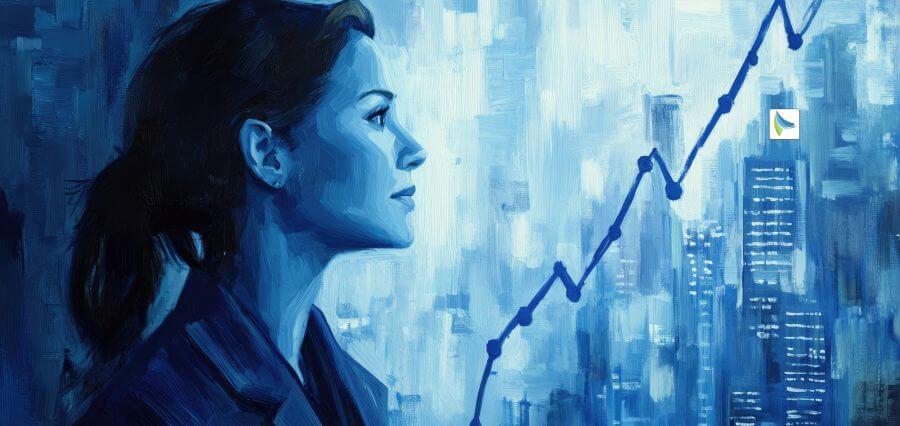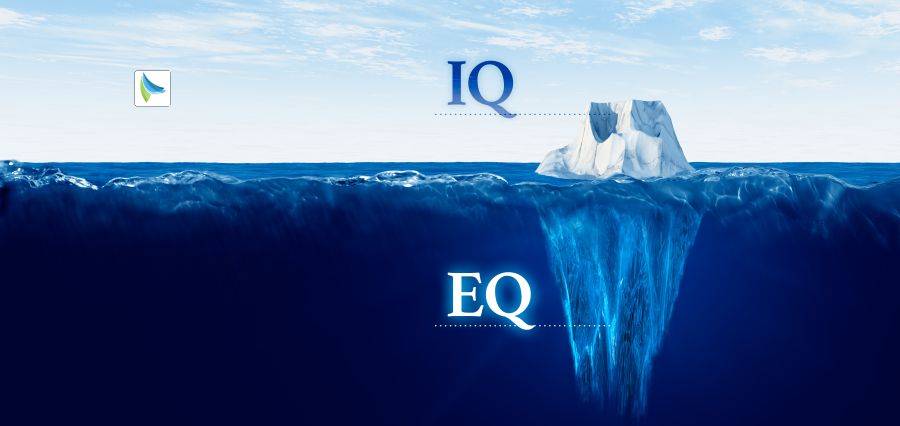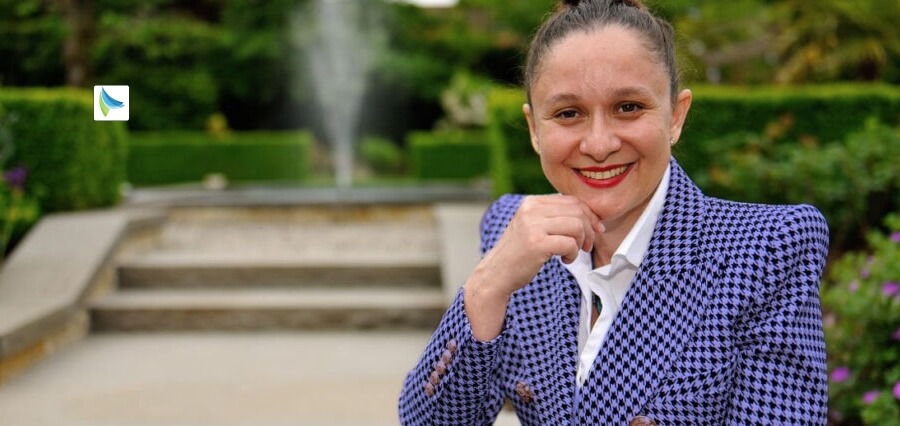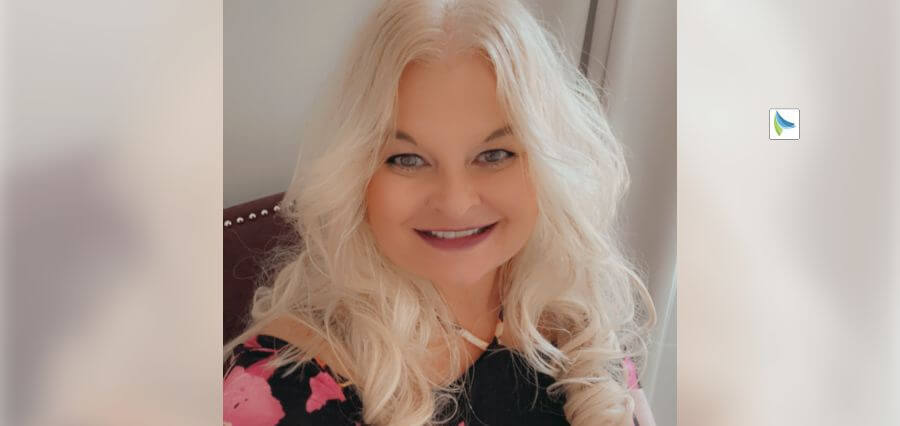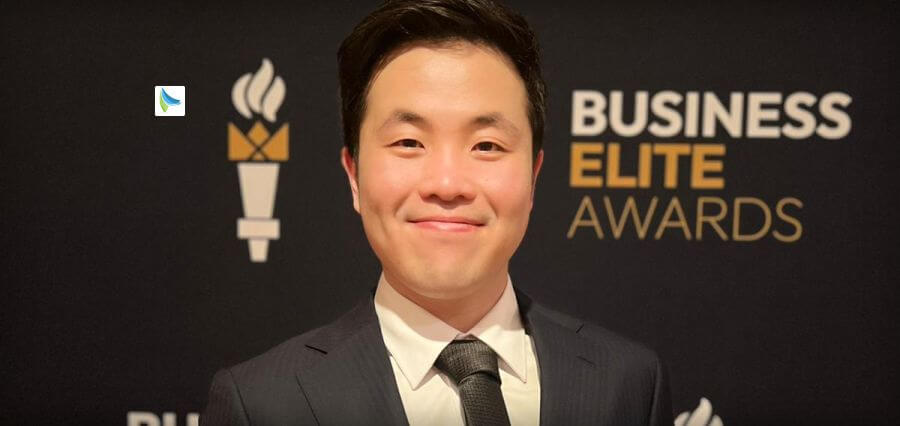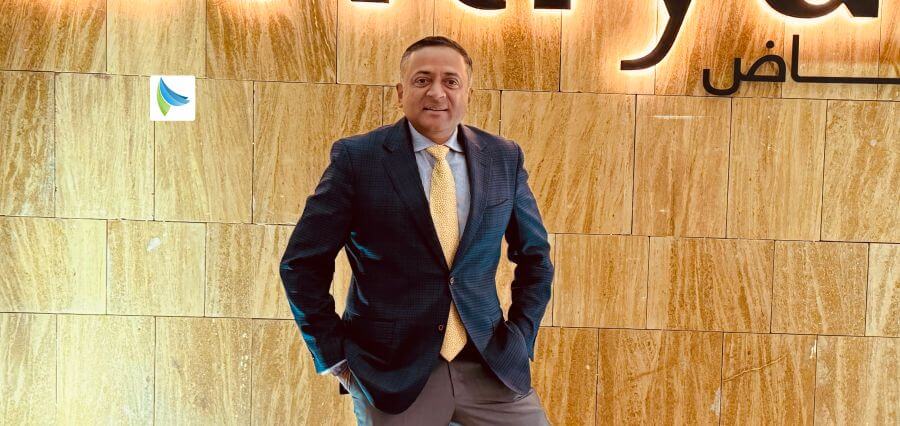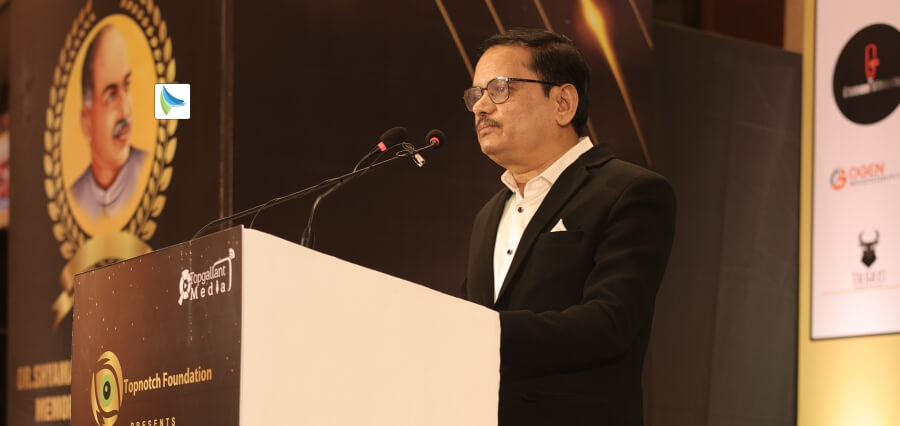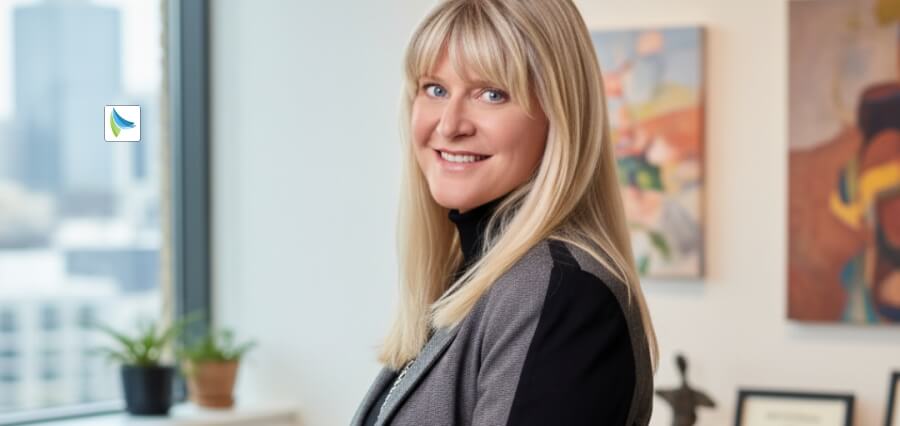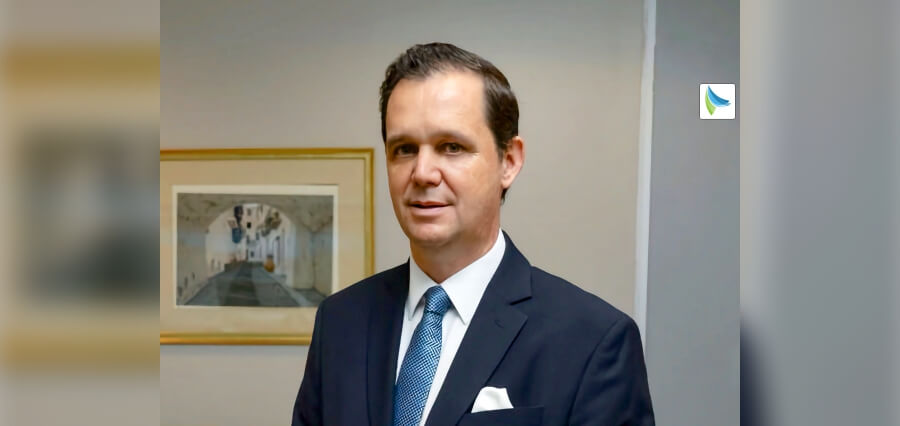With vision, emotion, and ferocious determination, Miriam Schnyder is standing still and moving forward in a world that frequently rushes past beauty in the name of efficiency. She is not just reinterpreting the relationship between art and usefulness as the CEO of SCHNYDER Group Holding and the driving force behind Art X on Glass, but she is also establishing herself as a revolutionary leader propelled by empathy, accuracy, and creativity.
Her path has not been typical at all. Rigid hierarchies and conventional systems don’t define her leadership approach. Rather, she fosters teamwork, blurs the distinction between executive and artist, and creates a culture that values distinctiveness while allowing it to be incorporated into a unified brand story. She is embracing the power of global perspectives to create work that speaks to people everywhere while leading a team that is as creatively rich as it is culturally diverse.
Schnyder is unique in that she can strike a balance between emotion and initiative. What started as a daring glass painting concept has expanded under her direction into a business that is collaborating with architects, interior designers, and collectors worldwide to create custom works that are both emotionally and functionally significant. Her vision extends beyond aesthetics; it aims to question conventions, reinterpret the function of art in everyday life, and demonstrate that sustained commercial success and creative brilliance may coexist.
Schnyder is leading with heart and intent in every choice, a unique combination that keeps Art X on Glass from becoming a specialized passion project to a long-lasting international brand.
The Mirror of the Soul
“Art X on Glass is not just a piece of glass. Our artwork is the mirror of our soul; our eyes, our ears paint with us, not only our hands.” Schnyder explains with the passion that has driven her unconventional journey. This philosophy isn’t mere marketing speak it’s the foundation of a company that launched in 2024 with an ambitious mission: to bring unique, emotionally evocative art into every home.
The technique Schnyder and her team have mastered is deceptively complex. Unlike traditional canvas painting, glass art requires artists to think in reverse literally. “The biggest challenge is the fact that we need to think mirrored. We paint on one side of a glass, but we watch it from another side. It is like when you see things from another perspective.” she notes. This fundamental shift in perspective has become a metaphor for Schnyder’s entire approach to business and art.
The technical challenges don’t end with spatial orientation. Glass presents unique obstacles that canvas artists never face. The glass cannot absorb the moisture from the colors, and here is where a big adventure starts. No one ever knows how the picture at the end will look. This uncertainty, rather than being a limitation, has become the company’s greatest strength each piece truly is one-of-a-kind, born from a process that embraces the unexpected.
A Global Team, A Universal Vision
What sets Art X on Glass apart isn’t just its technique, but the diverse tapestry of artists who bring it to life. The company’s seven-person team reads like a United Nations roster, with talent drawn from across the countries of Europe and beyond. Each artist brings their cultural heritage and unique perspective to the glass canvas.
Eirini Stefanaki from Crete serves as the creative force behind the successful “Asia-collection,” specializing in modern art techniques using acrylic spray. Her Mediterranean sensibilities blend seamlessly with Asian-inspired motifs, creating pieces that transcend geographical boundaries. Veronika Gisler from Austria has earned recognition as the team’s “glass expert,” with her floral compositions becoming signature pieces that showcase the medium’s capacity for delicate beauty.
The Slovak contingent including Schnyder herself, Monika Prochazka and her father Miroslav, and brothers Miro and Marian Sidlik, brings what Schnyder describes as “a totally different wind into the paintings.” Their work is characterized by bold use of glitter, powerful colors, and compositions filled with “huge emotions.” This multicultural approach isn’t accidental; it’s central to Schnyder’s vision of art as a universal language.
“Every nation in our world has so many strengths. It is so great to show these beautiful emotions on glass.” Schnyder reflects. This philosophy extends beyond the studio walls, informing how the company approaches clients and customization.
Where Function Meets Form
Art X on Glass has successfully bridges the gap between fine art and functional design, creating pieces that serve practical purposes while maintaining artistic integrity. From kitchen backsplashes to dining tables, coasters to large-scale installations, each piece must meet dual criteria: aesthetic beauty and practical durability.
The company’s approach to functional art is particularly evident in their kitchen and bathroom applications. Using 6mm tempered glass with painting applied to the reverse side, these pieces offer both visual impact and practical benefits. “Many people have one color on the glass in the kitchen and bathrooms RAL-colors that are everywhere the same. Why not be unique and have the sunset in the kitchen? Or have a lotus as painting?” Schnyder observes.
This practical application of art extends to some impressive scales. The company’s largest commission to date was a massive 3m x 2.5m glass installation for an atrium in a house by Lake Neuchâtel. The piece, featuring sun, waves, and a palette of orange, blue, and silver, demonstrates how glass art can transform architectural spaces while maintaining the intimate, emotional connection that defines the medium.
The Personal Touch in a Scalable Business
Despite the company’s growth ambitions, Schnyder has maintained a deep personal approach to client relationships. “Before we start to paint a customized picture, we meet the client in person. Our painting should be a part of the life of someone; it should harmonize with person, with family.” she explains.
This commitment to personalization presents unique business challenges. How does a company scale while maintaining the intimate artist-client relationship that defines its brand? Her answer lies in the diversity of her team and a collaborative approach that ensures each artist can contribute their unique perspective while working within the company’s broader vision.
The studio operates without traditional hierarchies. “We support each other, there is no hierarchy, there is no boss and employees. We are all artists, and we all sit in the same boat.” Schnyder explains. This egalitarian approach not only fosters creativity but also ensures that the company’s rapid growth doesn’t compromise the personal touch that clients value.
Innovation at the Intersection of Art and Technology
While rooted in traditional techniques, Art X on Glass isn’t content to remain static. The company is actively exploring how emerging technologies can enhance rather than replace the human touch that defines their work. Current projects include developing light-responsive elements that can be integrated into glass paintings, creating pieces that change and evolve with ambient lighting conditions.
“To illuminate the glass that way, that we have the light from all sides equally, is heavy,” Schnyder admits. The technical challenges are significant, but the company is collaborating with technology firms in the Zurich area to develop solutions that maintain artistic integrity while embracing innovation.
This forward-thinking approach extends to the company’s product development. The successful “Asia-collection” has been joined by an upcoming “Homage to Little Prince” series, where each artist interprets Saint-Exupéry’s beloved character through their unique cultural lens and artistic style.
Challenging Perceptions, Creating Value
Perhaps Schnyder’s greatest challenge isn’t technical or artistic it’s cultural. “Art is often looked down upon by society as just a hobby or something non-essential. Changing these perceptions requires more than creating beautiful objects; it demands a fundamental shift in how people view the role of art in daily life.” she acknowledges.
The company’s strategy involves showcasing not just the beauty of their work, but its uniqueness and personal value. “It is ok to be unique,” she argues. “It is ok to have something beautiful at home, what no one in the world has.” This message resonates particularly strongly in an era of mass production and digital reproduction, where truly unique objects carry special significance.
A Vision Realized
When Schnyder founded Art X in Glass AG, skeptics told her it would take a decade to achieve success. Her response was characteristically direct: “It is too long, because in 10 years we will retire, and we do not have energy for behind glass painting. We should be successful now.”
That urgency has paid off. From their headquarters on Gewerbestrasse in Aesch, the company is serving a diverse clientele ranging from architects to VIPs, with a target audience that she simply describes as “everybody.” This democratic vision of art accessibility, combined with the company’s commitment to uniqueness and emotional resonance, has created a business model that challenges traditional notions of both art commerce and artistic integrity.
Looking Through the Glass
As Art X on Glass continues to grow, Schnyder remains focused on the fundamental principle that launched the company: the belief that art should be accessible, personal, and emotionally meaningful. Each piece that is emerging from the studio should carry not just the technical skill of its creator, but the cultural heritage, personal vision, and collaborative spirit that defines the company.
“The beautiful matchless painting for beautiful unique person. This is Art X on Glass.” Schnyder concludes. In a world increasingly dominated by mass production and digital reproduction, this commitment to individual expression and emotional connection offers something increasingly rare: art that is truly, irreplaceably unique.
Through glass, Schnyder and her team have found a way to capture not just images, but emotions, stories, and dreams. In doing so, they’ve transformed an ancient craft into a modern medium that speaks to our fundamental need for beauty, uniqueness, and personal expression in our daily lives.
Read More : The Power of Purposeful Leadership: Inspiring Action, Driving Change, and Leading with Integrity

